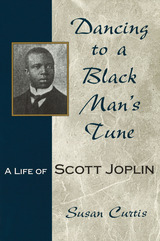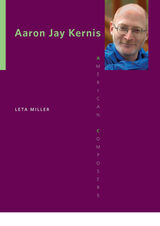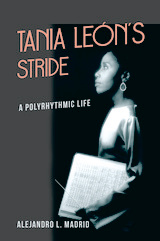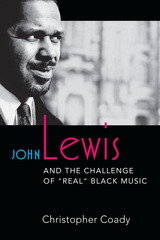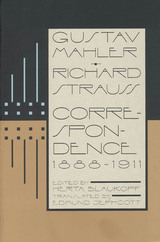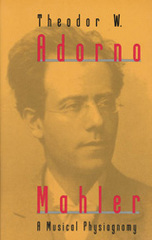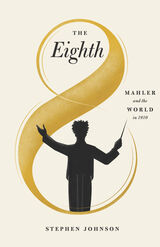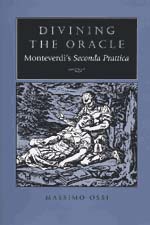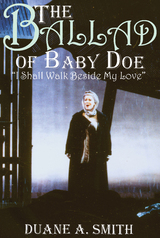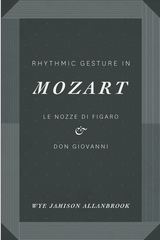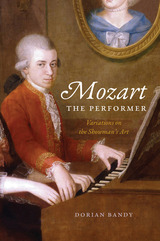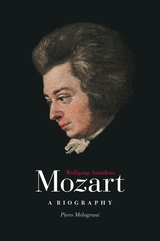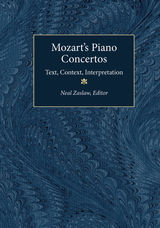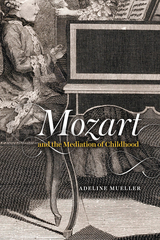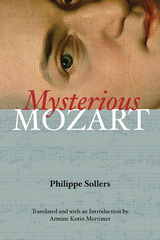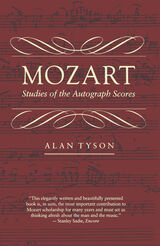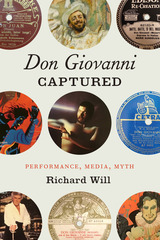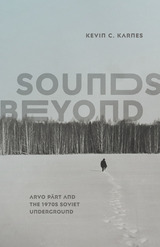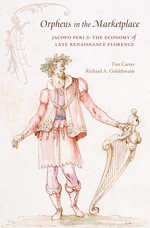Divining the Oracle: Monteverdi's Seconda prattica
University of Chicago Press, 2003
Cloth: 978-0-226-63883-6
Library of Congress Classification ML410.M77O78 2003
Dewey Decimal Classification 782.0092
Cloth: 978-0-226-63883-6
Library of Congress Classification ML410.M77O78 2003
Dewey Decimal Classification 782.0092
ABOUT THIS BOOK | AUTHOR BIOGRAPHY | REVIEWS | TOC | REQUEST ACCESSIBLE FILE
ABOUT THIS BOOK
Claudio Monteverdi's historical position in music has been compared to that of Shakespeare in literature: almost exact contemporaries, each worked from traditional beginnings to transform nearly every genre he attempted. In this book, Massimo Ossi delves into the most significant aspect of Monteverdi's career: the development, during the first years of the seventeenth century, of a new compositional style he called the seconda prattica or "second manner."
Challenged in print for the unconventional aspects of his music, Monteverdi found himself at the center of a debate between defenders of Renaissance principles and the newest musical currents of the time. The principles of the seconda prattica, Ossi argues in this sophisticated analysis of Monteverdi's writings, music, and approaches to text-setting, were in fact much more significant to the course of Monteverdi's career than previously thought by modern scholars-not only did Monteverdi continue to pursue their aesthetic and theoretical implications for the rest of his life, but they also affected his dramatic compositions as well as his chamber vocal music and sacred works.
Ossi "divines the oracle" of Monteverdi's ambiguous theoretical concepts in a clear way and in terms of pure music; his book will enhance our understanding of Monteverdi as one of the most significant figures in western music history.
Challenged in print for the unconventional aspects of his music, Monteverdi found himself at the center of a debate between defenders of Renaissance principles and the newest musical currents of the time. The principles of the seconda prattica, Ossi argues in this sophisticated analysis of Monteverdi's writings, music, and approaches to text-setting, were in fact much more significant to the course of Monteverdi's career than previously thought by modern scholars-not only did Monteverdi continue to pursue their aesthetic and theoretical implications for the rest of his life, but they also affected his dramatic compositions as well as his chamber vocal music and sacred works.
Ossi "divines the oracle" of Monteverdi's ambiguous theoretical concepts in a clear way and in terms of pure music; his book will enhance our understanding of Monteverdi as one of the most significant figures in western music history.
See other books on: 17th century | Instruction & Study | Music theory | Oracle | Voice
See other titles from University of Chicago Press

